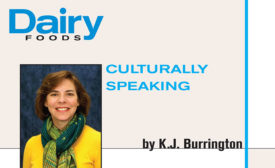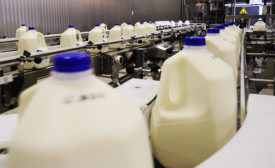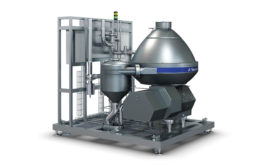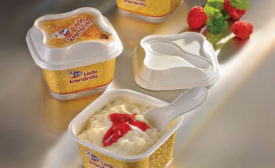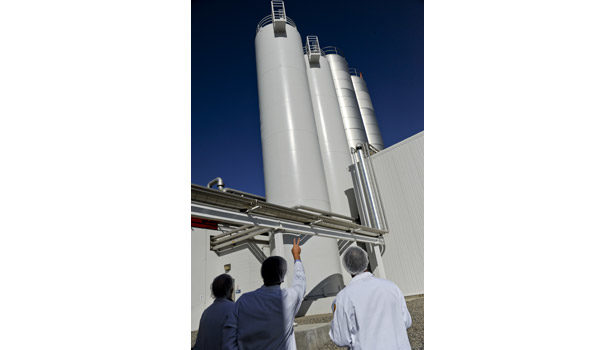Home » Keywords: » shelf life
Items Tagged with 'shelf life'
ARTICLES
Poor sanitation equals unhappy customers and loss of sales.
Read More
Extend the shelf life of cultured dairy products
Many companies have introduced clean-label bioprotective ingredients.
May 18, 2020
Maximize the shelf life of ice cream and related products
Multiple elements combine to define ‘end of shelf-life.’
May 7, 2020
How to estimate the shelf life of fluid milk
The critical factor is the generation time of any bacteria that may be in the product
March 25, 2020
Better estimate the shelf life of fluid milk
A holistic approach should include a microbiological analysis, sensory evaluation and chemical analysis
March 11, 2019
Aseptic and ESL processing: Here's to a longer shelf life
Extended-shelf-life and aseptic processing solutions are helping dairy processors add value and broaden distribution.
December 6, 2018
Shelf life and shelf impact drive dairy packaging
Two other factors garnering attention from brand marketers are convenience and sustainability. Here’s a look at innovative packaging, including aseptic containers and in-mold labels.
June 8, 2017
Good sanitation can improve shelf life
Follow the four components that are necessary for effective cleaning. And then don’t forget to sanitize.
October 10, 2016
IMAGE GALLERIES
HP Hood, Sacramento, Calif.
This plant manufactures extended shelf life and aseptic beverages using ultra-high temperature pasteurization.
This photo gallery contains additional, unpublished photos of dairy processing facilities featured in Dairy Foods magazine. To view more Behind the Scenes galleries go to our archives page!
Get our new eMagazine delivered to your inbox every month.
Stay in the know on the latest dairy industry trends.
SUBSCRIBE TODAYCopyright ©2024. All Rights Reserved BNP Media.
Design, CMS, Hosting & Web Development :: ePublishing

